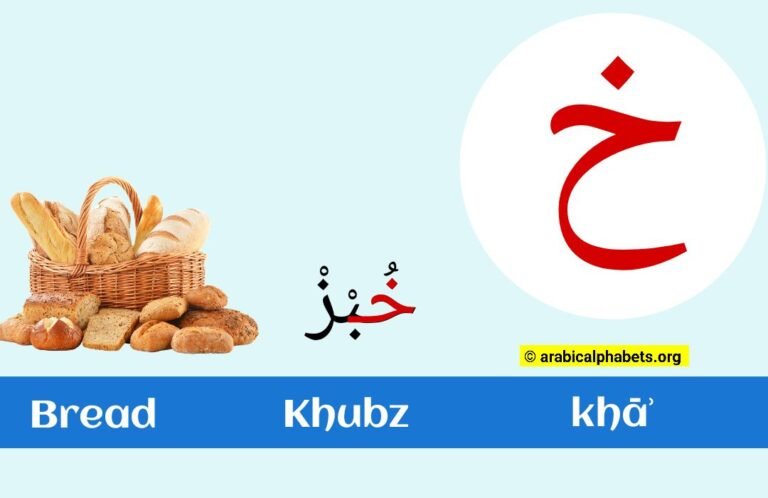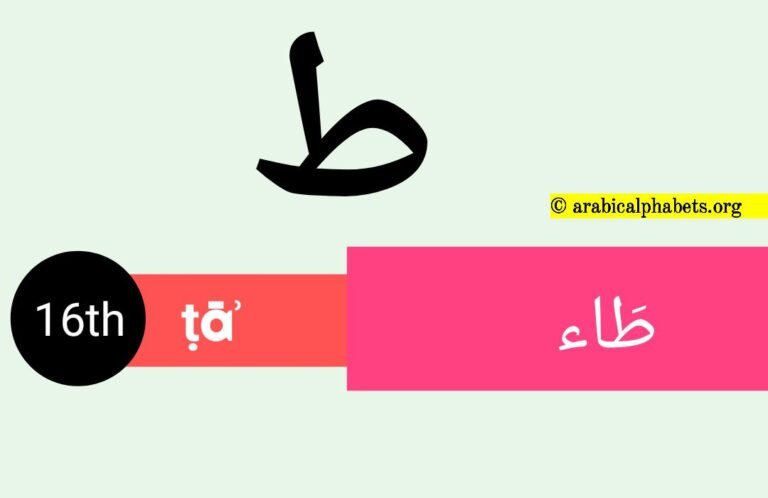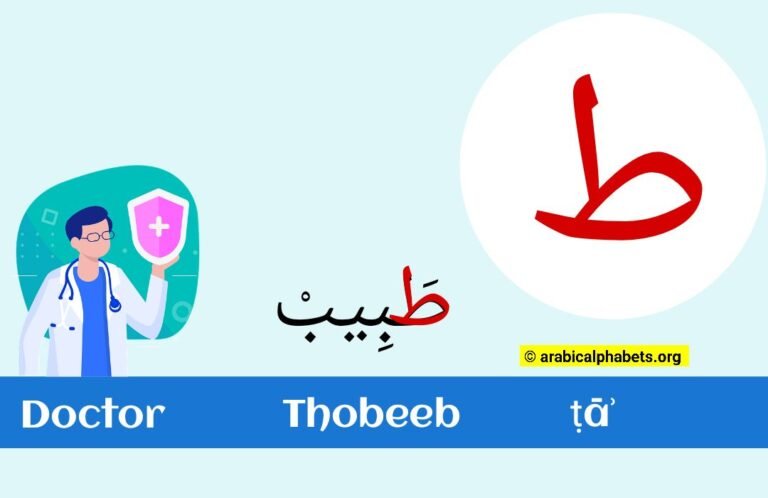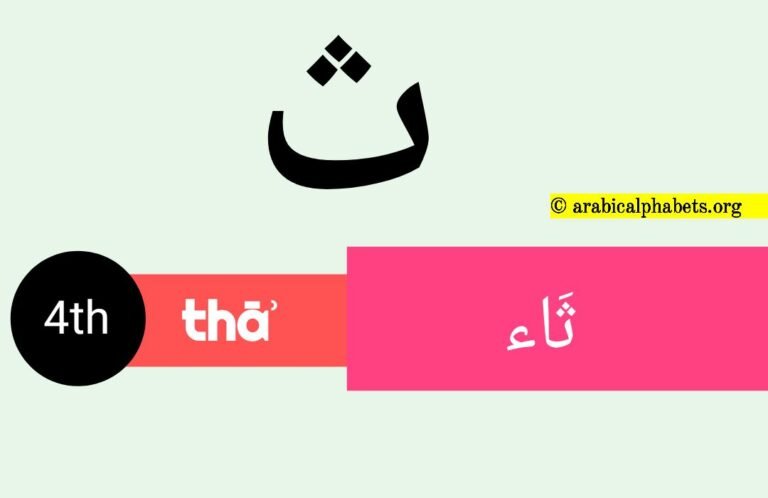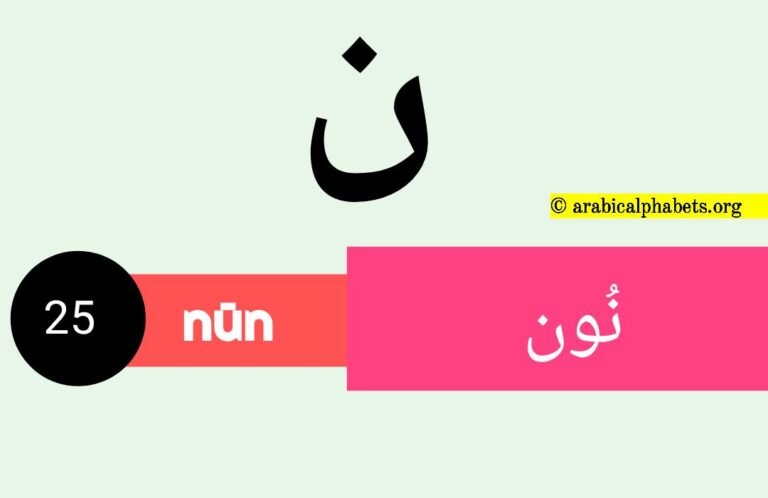Ayn (AIN) Arabic Letter – (ع) Complete Guide For Beginners
If you want to learn the Ayn (AIN) Arabic Letter, you’ve come to the right place! This complete guide for beginners will teach you everything you need to know about this fascinating letter.
The Ayn (AIN) Arabic Letter is one of the most important letters in the Arabic alphabet. Learning the Ayn (AIN) Arabic Letter is essential for anyone interested. With this guide, you’ll be able to master it quickly!
Ain arabic letter
- Type – Consonants.
- Alphabetical Order – 18th
- Contextual forms – three.
- Pronounce English letter like – ayn.
If you want to learn the Arabic language and alphabet, there’s no better place to start than with Ayn (AIN). On our website, you’ll find everything you need to get started, including helpful tips, tricks, and resources. Plus, we offer a wide range of courses to suit your needs and level of expertise. Whether you’re a beginner or an expert, we have a course for you. So what are you waiting for? Start learning today!
A – Serial Number, B – Isolated Form, C – Trans-literation, D – Letter name, E – Letter Name In Arabic Script.
ع
| A | B | C | D | E |
|---|---|---|---|---|
| 18 | ع | ʿ | ayn | عَيْن |
How to Pronounce Letter Aeen
ع ⬅️ عین
The letter Aeen comes from a flap that moves towards the back of the throat & creates a very narrow passage through which air passes through it.
Try to make the sound of this letter soft. Letter aeen mainly 3 sounds –
- A – عَشَرَة (Ashara)
- Aa – عَادِي (Aadhee)
- Ee – بَعِيدْ (Baeedh).
How to Write Arabic Letters, Ayn?
The Arabic alphabet doesn’t have upper or lowercase letters like we see in the Latin alphabet letters. But the letters are combined when writing a word. However, each Arabic letter can be written in Contextual forms.
The Arabic letters of words are written and read from right to left, horizontally. There are four Contextual forms that each letter can take:
- Initial
- Medial
- Final
- Isolated (Detached).
| Contextual forms |
| Final | Medial | Initial | Detached |
|---|---|---|---|
| ـع | ـعـ | عـ | ع |
You Must Know About Arabic Alphabet Letters
- The Arabic alphabet has 28 letters, but some authors include ء hamza as a letter; the count will be 29.
- Arabic Letters have only three vowels, namely – (و،ا،ي) but ي and و, which can be both consonants and vowels, while Alif (،ا،) is only a pure vowel.
- In Arabic Alphabet, no capital and small letters.
Learn words that start with the Arabic alphabet letter Ain—interactive word picture for kids plus free printable resources for you.
Conclusion Points
The Ayn is an Arabic letter, pronounced “ah-yun” or “ayn.” It is the 18th letter of the Arabic alphabet and has many different uses in Arabic.
It can be used as a standalone letter or combined with other letters to form different words. The Ayn is also used in many different dialects of Arabic, including Egyptian Arabic, Gulf Arabic, and Levantine Arabic.
FAQs
What is the meaning of Ayn’s Arabic Letter?
The Ayn is an Arabic letter, the 18th letter of the Arabic alphabet.
It is a phonetic letter, meaning it is pronounced as a sound without additional diacritical marks. It is considered to be one of the most important letters in the language and has a significant influence on its pronunciation.
Additionally, it serves an important role in morphology, as it can create different root words and formatives when combined with other letters.
What is the pronunciation of Ayn’s Arabic Letter?
The pronunciation of the Ayn Arabic letter is derived from a labial flap that moves towards the front of the mouth.
This articulated sound, known as an alveolar tap, creates a small burst of air and is represented phonetically by the symbol [ɾ].
It appears in various languages, not just Arabic, and separates two distinct syllables within a single word.
How to write Ayn’s Arabic Letter?
To properly produce the Ayn Arabic Letter, one must familiarize oneself with the orthography and phonology of the language.
- ع
Specifically, it is imperative to understand that the letter exhibits an alveolar fricative pronunciation and is written in a script-like form.
What is the Ayn (AIN) Arabic letter?
The Ayn (AIN) Arabic letter is a consonant in the Arabic alphabet that represents a unique sound that is not equivalent in English.
How do you pronounce the Ayn (AIN) letter?
The pronunciation of the Ayn (AIN) letter is similar to a deep, guttural, and throaty sound made by contracting the back of your throat.
Is pronouncing the Ayn (AIN) letter difficult for non-native Arabic speakers?
Many non-native Arabic speakers find it challenging to pronounce the Ayn (AIN) letter as it requires mastering a unique sound not commonly found in other languages.
Can you give examples of words containing the Ayn (AIN) letter?
Sure! Some examples of words that contain the Ayn (AIN) letter are عين (eye), أمير (prince), and غياب (absence).
Are there any rules or guidelines for using the Ayn (AIN) letter in Arabic writing?
There are specific rules for using the Ayn (AIN) letter in Arabic writing. It should be placed correctly within a word and pronounced according to its standard pronunciation.
How can I practice pronouncing the Ayn (AIN) letter correctly?
To practice pronouncing the Ayn (AIN) letter correctly, you can listen to native speakers or language learning resources that provide audio samples and imitate their pronunciation.
Are there any dialects or accents where the pronunciation of the Ayn (AIN) letter differs?
Different dialects and accents may vary in pronouncing the Ayn (AIN) letter. For example, some dialects may make it softer or drop it altogether.
Can I use alternative letters or symbols instead of the Ayn (AIN) letter in Arabic?
No, using the Ayn (AIN) letter itself is essential when writing Arabic. Using alternative letters or symbols may change the word’s meaning or make it difficult for native speakers to understand.

